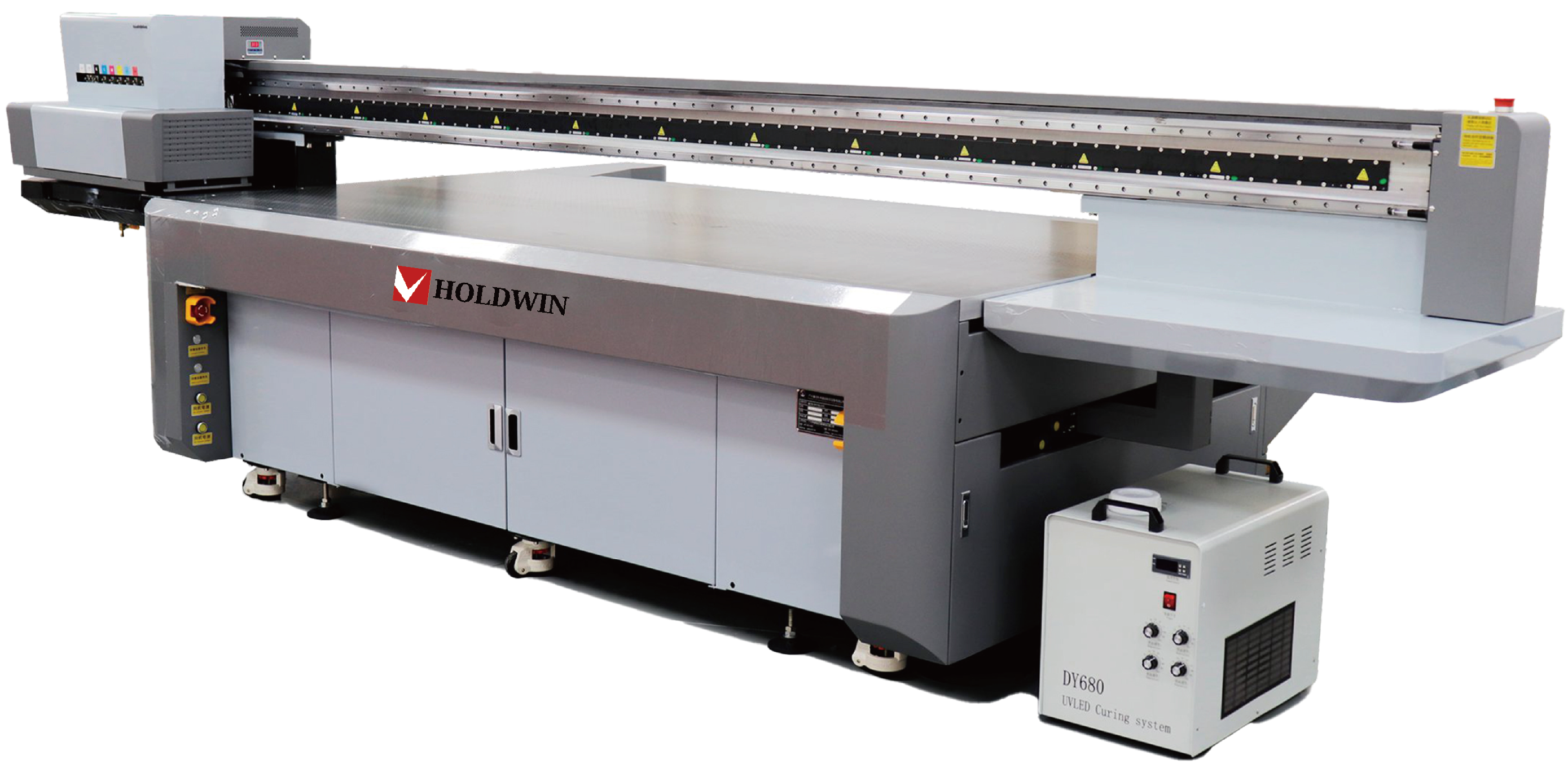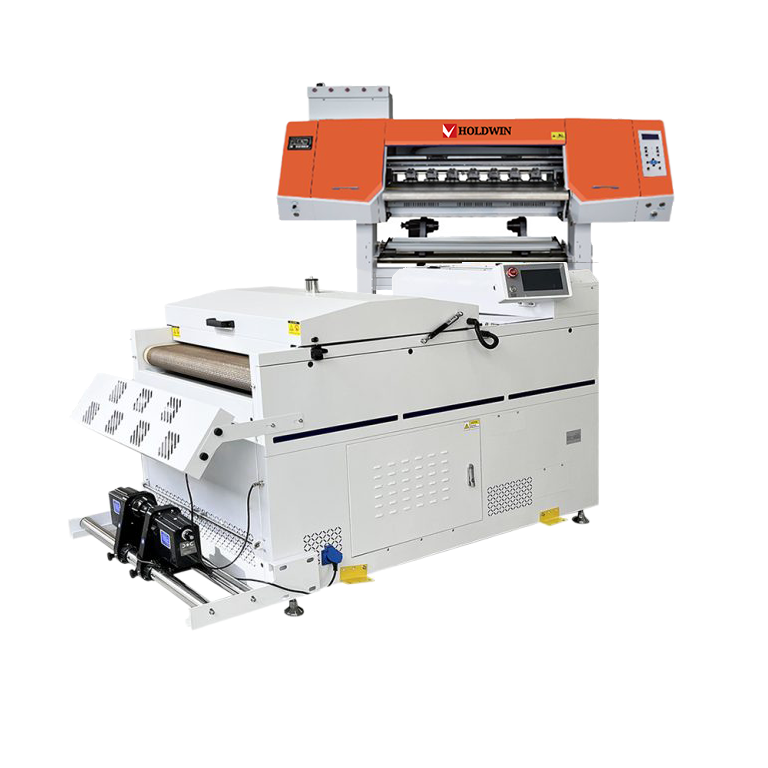
The publishing and media industry has undergone significant transformations over the past decade, driven largely by technological advancements. Among the most influential of these innovations is digital printing, which has revolutionized how content is produced and distributed. Unlike traditional printing methods, digital printing offers publishers and media companies the ability to print high-quality materials on demand, with greater speed, flexibility, and cost-efficiency. This shift has brought about new opportunities for personalized content, faster turnaround times, and sustainable practices, while allowing for greater creativity and design freedom.
In this article, we explore the impact of digital printing on the publishing and media industries, highlighting its benefits, applications, and how companies like Shaoxing Zhiyu Digital Technology Co., Ltd. (HOLDWIN) are helping to drive the adoption of this technology.
Digital printing has its roots in the development of computer-controlled inkjet and laser printers. Initially, these machines were used for small-scale tasks like printing documents and photographs. However, as technology advanced, digital printing began to find its place in commercial applications, especially in the publishing industry.
Traditionally, the publishing industry relied on offset printing for large print runs of books, newspapers, and magazines. Offset printing involves transferring ink from a plate to a rubber blanket, and then onto the printing surface. While this method is cost-effective for large runs, it is less efficient for smaller print jobs or short-run publications.
Digital printing, on the other hand, involves printing directly from a digital file onto the paper. There is no need for printing plates, making it faster and more flexible for low to medium-volume runs. The ability to print short runs of books or magazines without the upfront cost of plates and setup makes digital printing an attractive option for smaller publishers, self-publishers, and independent authors.
One of the most significant advantages of digital printing is its ability to offer on-demand printing services. Instead of printing large quantities of a publication in advance, publishers can now print only the number of copies they need at any given time. This is especially valuable in industries like book publishing and magazine publishing, where demand may fluctuate, or in the case of limited-edition content.
On-demand printing also opens the door to personalization, where publishers can tailor content to specific readers. For example, personalized covers, names, or messages can be added to each book or magazine, offering a level of customization that was previously difficult and expensive to achieve using traditional printing methods.

Digital printing eliminates many of the setup costs associated with traditional printing, such as the creation of printing plates and lengthy press preparation. This makes it more affordable for publishers to print small runs of books, magazines, and other materials without the risk of overproduction and waste. For small publishers and independent authors, digital printing offers a low-barrier entry into publishing, with no need for large-scale investments.
Additionally, digital printing allows for variable data printing (VDP), which means different content (such as names, addresses, or even images) can be printed on each piece of material in a run. This can be an excellent tool for direct marketing, targeted advertising, or localized content distribution.
In an industry driven by deadlines and fast-paced trends, digital printing offers unmatched speed and flexibility. With traditional offset printing, long production runs can take several weeks to complete, while digital printing allows for much faster turnaround times. The ability to print on demand ensures that publications can be updated or reprinted quickly, even after distribution has begun.
This speed also extends to the design phase. With digital printing, design changes can be made easily and immediately, without having to wait for new printing plates or setup. This makes digital printing ideal for industries like fashion magazines, newspapers, and annual reports, where content needs to be updated rapidly to stay relevant.

Sustainability is increasingly important in the publishing industry, and digital printing offers a solution to some of the environmental challenges posed by traditional printing methods. Because digital printing is done on-demand, it reduces the risk of overproduction and waste. Publishers can print only the exact number of copies needed, rather than overprinting in anticipation of demand.
Additionally, digital printers use less energy than traditional offset presses, and the use of non-toxic, eco-friendly inks has become more widespread. Many digital printing presses also offer recyclable materials and papers, contributing to a greener publishing process.
Digital printing technology has evolved to produce high-quality results that rival offset printing. Advanced color management systems ensure that color consistency is maintained throughout the print run, while high-resolution printing ensures crisp, vibrant images and sharp text. Digital printing also allows for a greater range of materials and finishes, from glossy magazine pages to textured book covers.
For book publishers, digital printing provides an efficient and cost-effective way to produce small to medium print runs. Whether it’s a first-time author, a limited-edition release, or a special printing of a classic novel, digital printing enables publishers to meet the needs of different market segments. Authors can even print their books on demand, eliminating the upfront costs associated with traditional offset printing.
Digital printing is increasingly being used for magazines and newspapers, where fast turnaround times are crucial. Short-run printing allows publishers to produce region-specific or issue-specific editions, catering to different audience groups. Magazines can also print special editions or personalized covers without incurring significant additional costs.
Publishers and media companies often rely on digital printing for marketing materials such as brochures, flyers, posters, and catalogs. These materials require high-quality prints, often on a variety of paper types, and digital printing provides the flexibility to create customized content for different campaigns.
Digital printing enables highly personalized direct mail campaigns, allowing newspapers and magazines to target specific demographics with tailored offers and inserts. By printing individualized content for each recipient, publishers can increase engagement and response rates, all while reducing excess waste.
At Shaoxing Zhiyu Digital Technology Co., Ltd. (HOLDWIN), we are dedicated to providing cutting-edge digital printing solutions that cater to the unique needs of the publishing and media industries. Our advanced printing technologies—including UV, sublimation transfer, and DTF—ensure that publishers can produce high-quality materials with efficiency, speed, and cost-effectiveness.
We understand that the publishing industry is rapidly evolving, and we work closely with our clients to provide customized solutions that meet their specific needs. Whether it’s producing a limited-edition book, creating personalized magazine covers, or printing promotional materials, HOLDWIN’s digital printing systems offer the flexibility, precision, and sustainability needed for today’s competitive market.
“HOLDWIN has been a game-changer for our publishing house. The ability to print on-demand has allowed us to meet fluctuating demand without overproducing, and the quality of the prints has been consistently excellent. Their team has been incredibly responsive to our needs, and their technology has helped us stay ahead of the curve in the publishing industry.”
Digital printing has fundamentally transformed the publishing and media industries, offering increased flexibility, speed, and cost-efficiency. With its ability to produce on-demand, personalized content, reduce waste, and deliver high-quality results, digital printing has become an indispensable tool for publishers, marketers, and content creators.
As the publishing industry continues to evolve, digital printing will play an increasingly important role in enabling publishers to meet the growing demands of consumers and the fast-paced media landscape. At HOLDWIN, we are proud to be part of this digital revolution, providing state-of-the-art solutions that empower our clients to create the future of publishing.
References:

Zhiyu is passionate about good products, good services, and good prices to let consumers know that choosing us is the right choice! For partners and end customers, we will provide one-on-one considerate smart services and provide you with more high-quality procurement solutions.